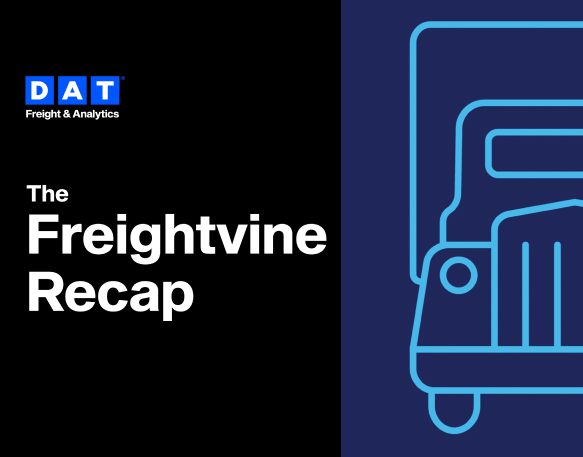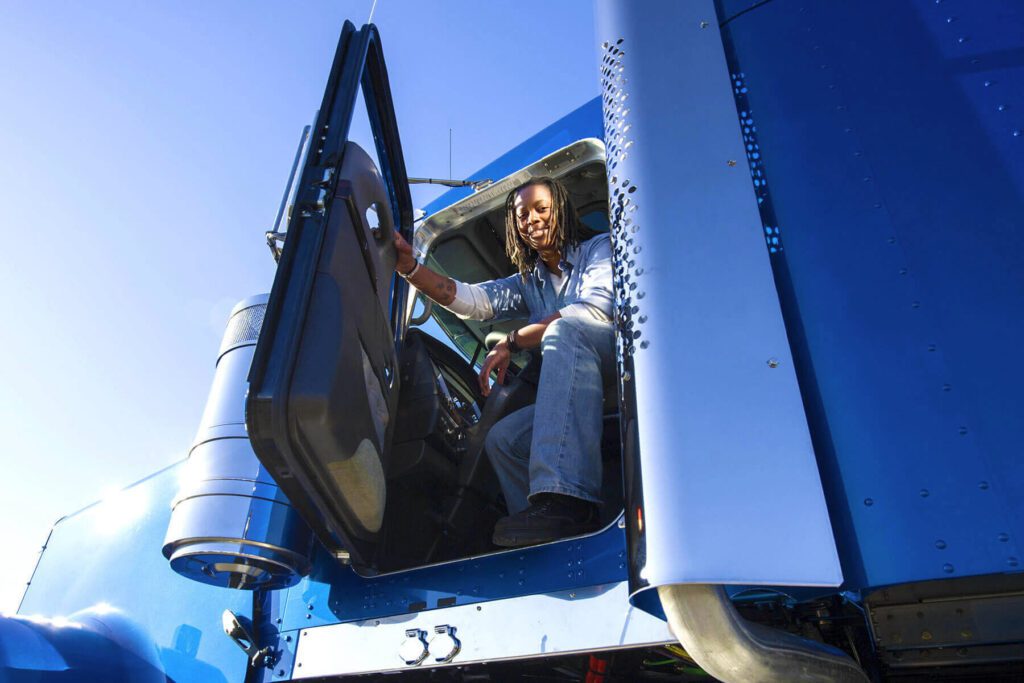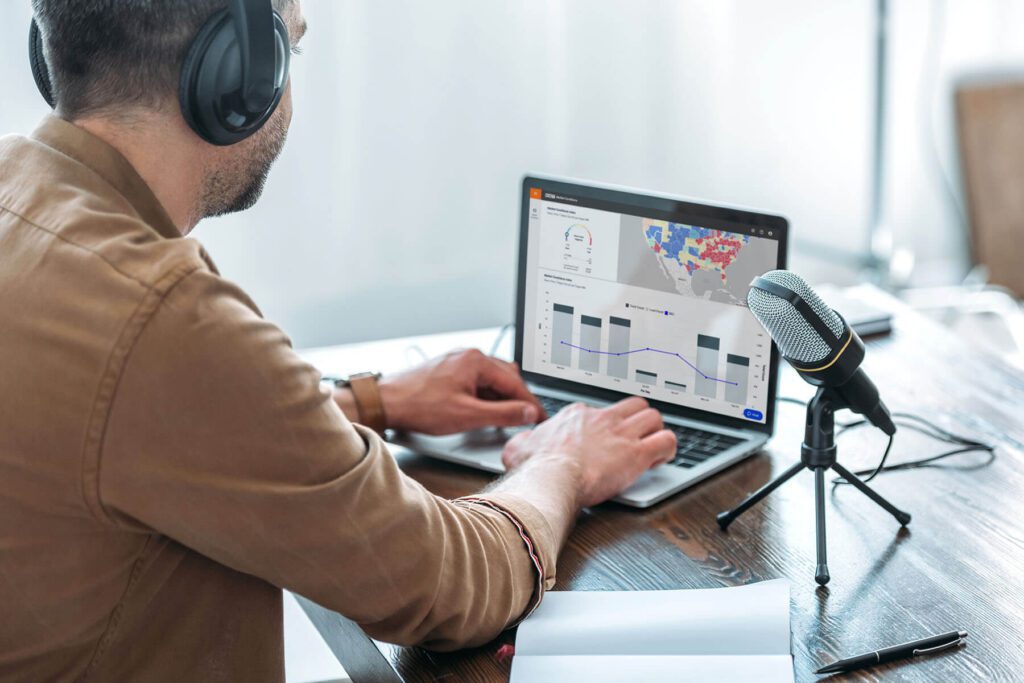In an episode of DAT’s Freightvine podcast, host Chris Caplice chatted with Dr. Matthias Winkenbach, a research scientist at the MIT Center for Transportation & Logistics and director of MIT’s Megacity Logistics Lab.
Dr. Winkenbach’s team works with select shipping partners to study the intricacies of last-mile logistics, using data to develop new operational approaches to increasingly complex problems. In this episode, we learn what Dr. Winkenbach’s latest research projects have revealed about last-mile logistics and multi-tiered distribution.
Listen to the full podcast or read a quick recap of the conversation below.
The challenges of last-mile delivery
As the name suggests, last-mile logistics are concerned with the final stage of fulfillment: how goods are transported from warehouses and distribution centers to each customer. Last-mile delivery not only tends to be the most time-consuming and costly aspect of logistics, but it also plays a key role in overall customer satisfaction. As the potential complications of last-mile delivery are numerous, paying attention to the role of distribution in supply chain management is critical.
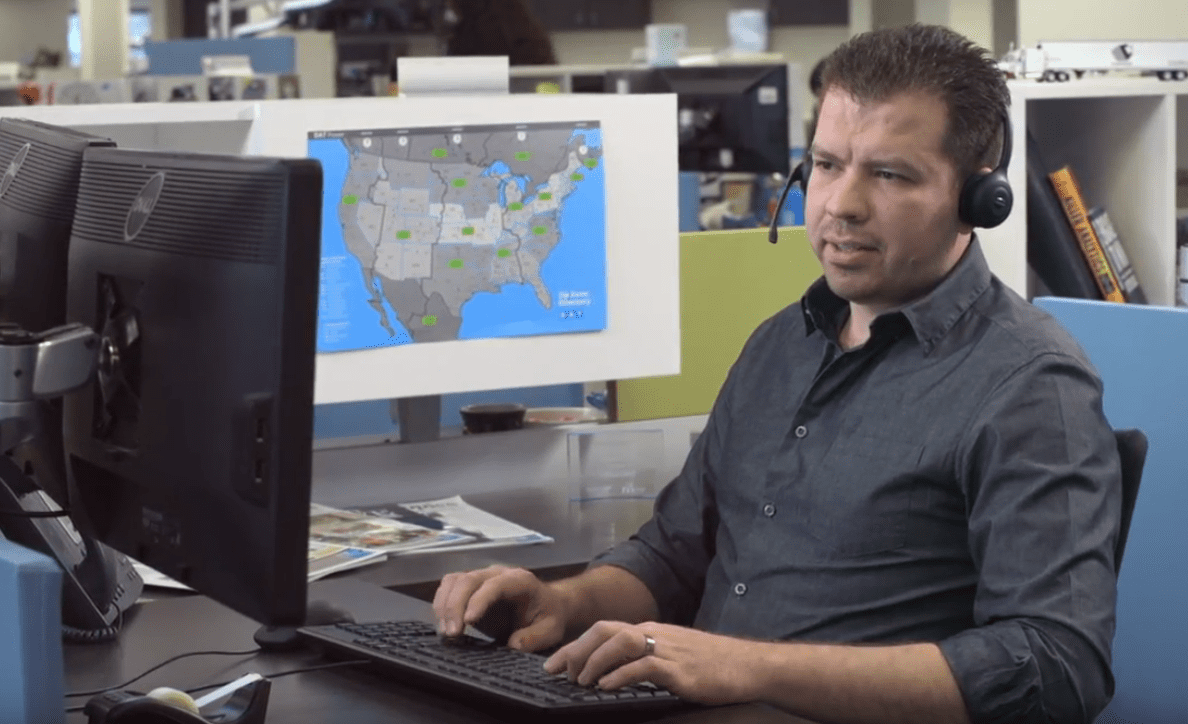
Major last-mile delivery challenges:
- Complex distribution network design
Routes typically need to include multiple stops, only dropping off a small number of parcels each time. Truck routes and deliveries can certainly be consolidated to streamline the process for the delivery person, but this still leaves plenty of opportunities for inefficiency and uncertainty to gum up the shipping works. - Geography
Consumers are more likely to live farther apart in rural areas, which could lead to expensive detours or delivery points that are miles apart. At the same time, traffic and congestion in urban areas present their own set of complications. - Increasing e-commerce sales
Online sales continue to grow every year, which brings greater parcel volume into circulation. This has been compounded by the COVID-19 pandemic and the subsequent surge of interest in contactless solutions and services. On top of all that, consumers want their goods delivered quickly and affordably.
Planning for a highly uncertain last-mile delivery operation can be much more complex than planning for the long haul trucking market, which is relatively constant in comparison. Success in so volatile and uncertain a market requires new methods that traditional logistics companies may not be not familiar with. The goal of Dr. Winkenbach’s research is to dive into these variables and questions, using state-of-the-art methods. One of those solutions is multi-tiered distribution.
What is multi-tiered distribution?
Dr. Winkenbach is quick to point out that no two cities or neighborhoods are the same, but research shows that urban locations are becoming bigger, denser, and more congested every day. At the same time, consumers want faster and customizable deliveries. Addressing these concerns requires a fundamentally different approach to transportation and logistics — and creating the need for multiple tiers of distribution.
While centralized distribution centers outside cities work well for serving rural areas, efficiently serving consumers in urban centers requires companies to establish a physical footprint closer to their customer base. Setting up a network of satellite facilities allows companies to efficiently transport goods into the city with larger vehicles. Then smaller delivery vehicles (such as electric scooters, passenger cars, bicycles, or pedestrian handcarts, depending on the kind of urban environment) can distribute loads for the local last mile.
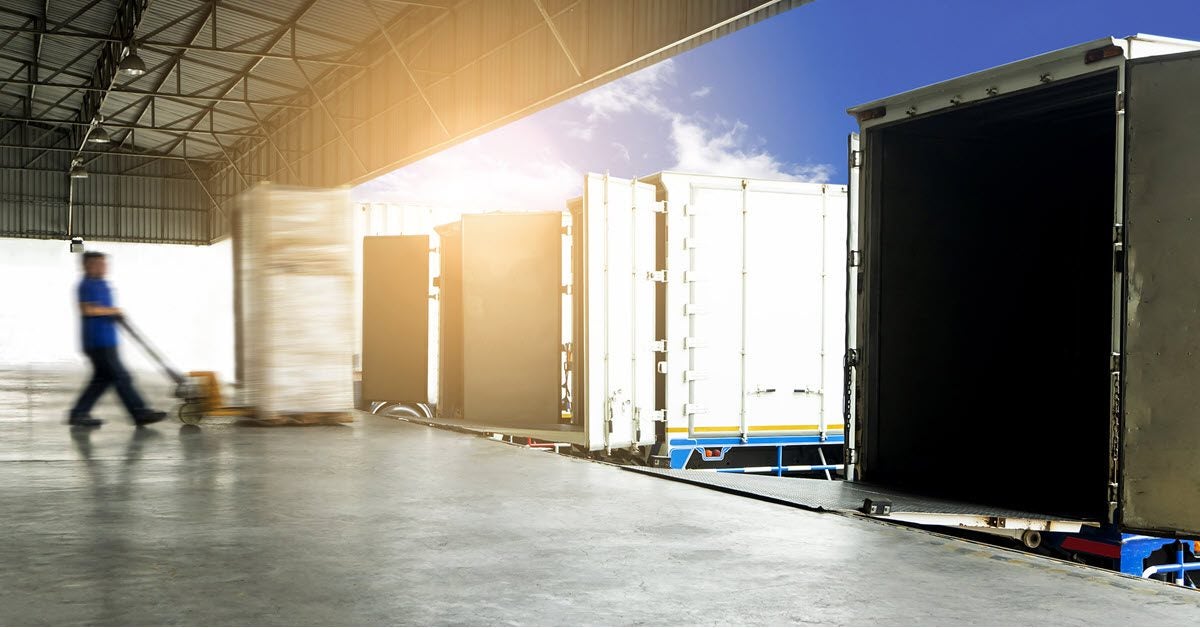
In most cases, multi-tiered distribution involves a facility for sorting and storing inventory in the short-term. These sites may also be configured to house inventory permanently, depending on amount and variations in demand. (Industry giants like Amazon are actually looking for ways to establish permanent mini-warehouse facilities that maintain constant stock of important and in-demand goods.)
The role of on-demand delivery in distribution supply chain strategy
On-demand delivery is one of the most significant trends to emerge in recent years. It’s driven in large part by services like Amazon Prime that have conditioned consumers to expect same-day delivery or delivery within a specified time frame. However, on-demand delivery requires a radically different approach to fulfillment, as it is no longer feasible to let orders accumulate before planning out last-mile delivery.
On-demand logistics also requires treating each order as a distinct set of decisions. Whether to fulfill an order immediately or to consolidate it with additional orders might seem like a small choice in the short run. However, over time that choice will eventually separate the successful supply chain distribution and transportation operations from the inefficient ones with higher operating costs.
On-demand delivery is the market sector with the highest growth rate. Parcel delivery services like DHL or UPS are reporting that instant-delivery volume has grown at the massive rate of 30-40% this year. On-demand delivery will likely only become more important in years to come, now that the expectation for rapid services at relatively low price points has been clearly established. Multi-tiered distribution actually helps make it possible for companies to use on-demand carrier capacity, as last-mile delivery vehicles often face lower barriers to entry than larger transportation options.
Drone logistics and supply chain distribution
As drone technologies become more advanced, there’s increasing interest in using them as another method of distribution in supply chain management. However, Dr. Winkenbach’s research currently suggests that using drones for every delivery to every private household isn’t feasible. Many packages are just too heavy, bulky or fragile to be delivered by drone.
That said, Dr. Winkenbach’s team did find that using drones to make specific deliveries — while still relatively expensive — has the potential to free up the normal delivery routes of regular delivery vehicles. For instance, if a business is serving a customer with a tight delivery window, consolidating an on-demand parcel with hundreds of other packages on a truck can drastically increase the cost of a particular delivery route. Outsourcing time-constrained deliveries to drones can still be expensive on a per-package basis, but the rest of the delivery route becomes far more efficient, which saves the business money. A robust drone distribution strategy in supply chain logistics should, according to Dr. Winkenbach, try to identify which customers to take out of conventional delivery routes and assign to drones.
While Dr. Winkenbach maintains that the vision of serving individual households at scale through drone delivery is still a ways off, there are two major reasons why drones might be well-suited for making commercial deliveries:
- Commercial customers are more likely to have some sort of receiving infrastructure in place, which makes it easier to ensure that someone is actually available to receive a parcel by drone. This is hard to achieve on the scale of individual households but becomes more manageable when logistics providers are working with a known set of commercial customers that they serve on a regular basis.
- Commercial deliveries tend to be more constrained than household deliveries (many commercial customers have time windows or tight delivery deadlines, for example). These orders are also more likely to include large packages, bulky packages, or packages in larger quantities.
Each of these could prove to be expensive additions to regular distribution routes, making commercial customers good candidates for drone-based delivery. However, the general principles that go into planning a truck route are essentially the same as those needed to plan a drone route. So, rather than seeing exclusive use of drones as a delivery method, Dr. Winkenbach says that they are more likely to be incorporated into a multi-tiered distribution approach.
Supply chain intelligence to help keep last-mile costs in check
Every market contains a certain amount of uncertainty — and in the trucking industry this can make or break a business. Jobs are on the line, and it’s vital for shipping and transportation providers to make the right decisions to set up their businesses for long-term, ongoing success.
DAT iQ can help keep uncertainty in last-mile delivery to a minimum. Our freight rate and forecasting tools draw on a database of more than $110 billion in freight transactions, bringing you the most accurate going rates on more than 249 million freight matches, including LTL freight rates.
Not only that, our deep pricing index collates anonymous rate and transaction data from the largest network of shippers and carriers in the industry, which allows us to forecast freight rates with twice the accuracy of our competitors’ models. What’s more, we’re able to generate custom reports and supply chain intelligence tailored to the specific needs of your business, based on real market data and trends.
